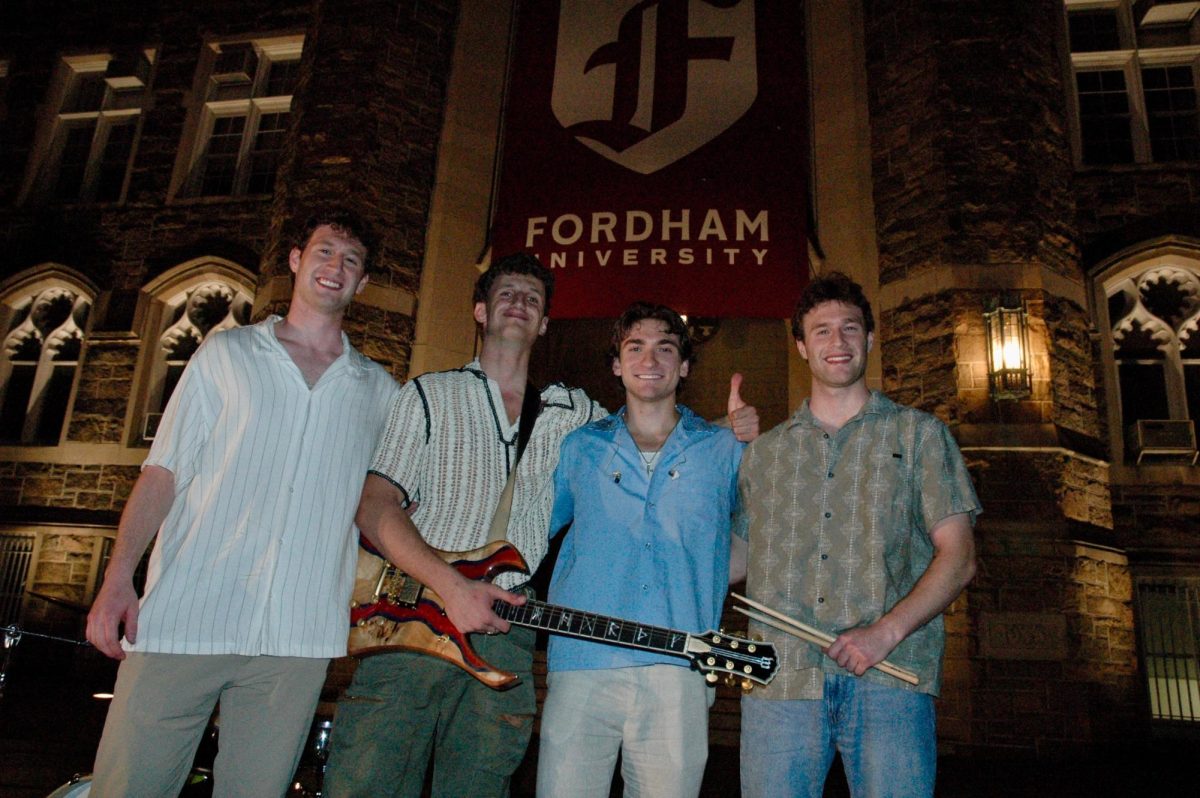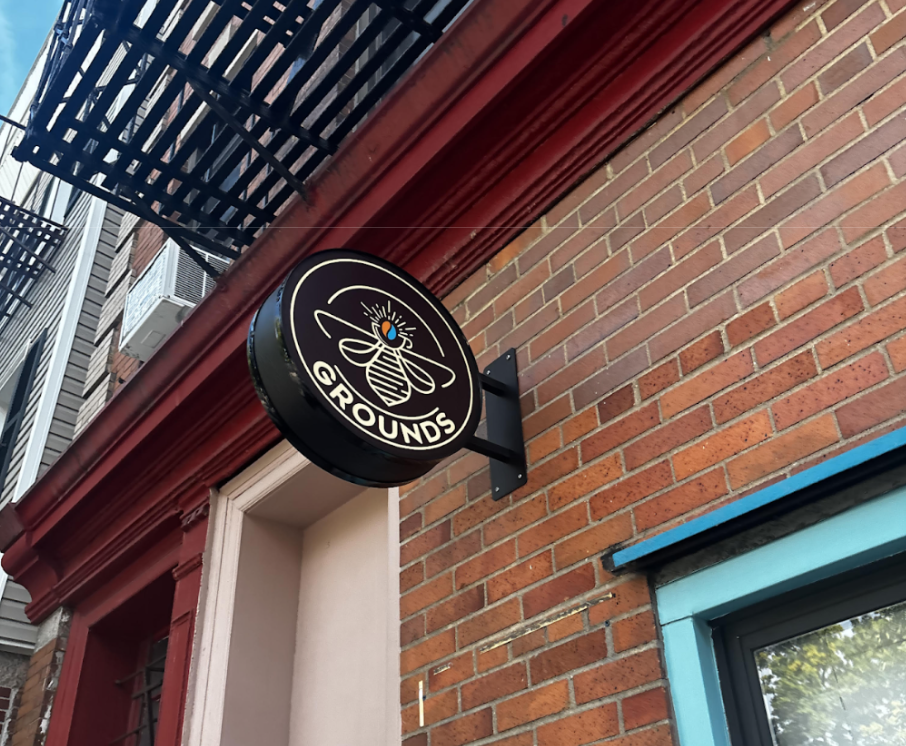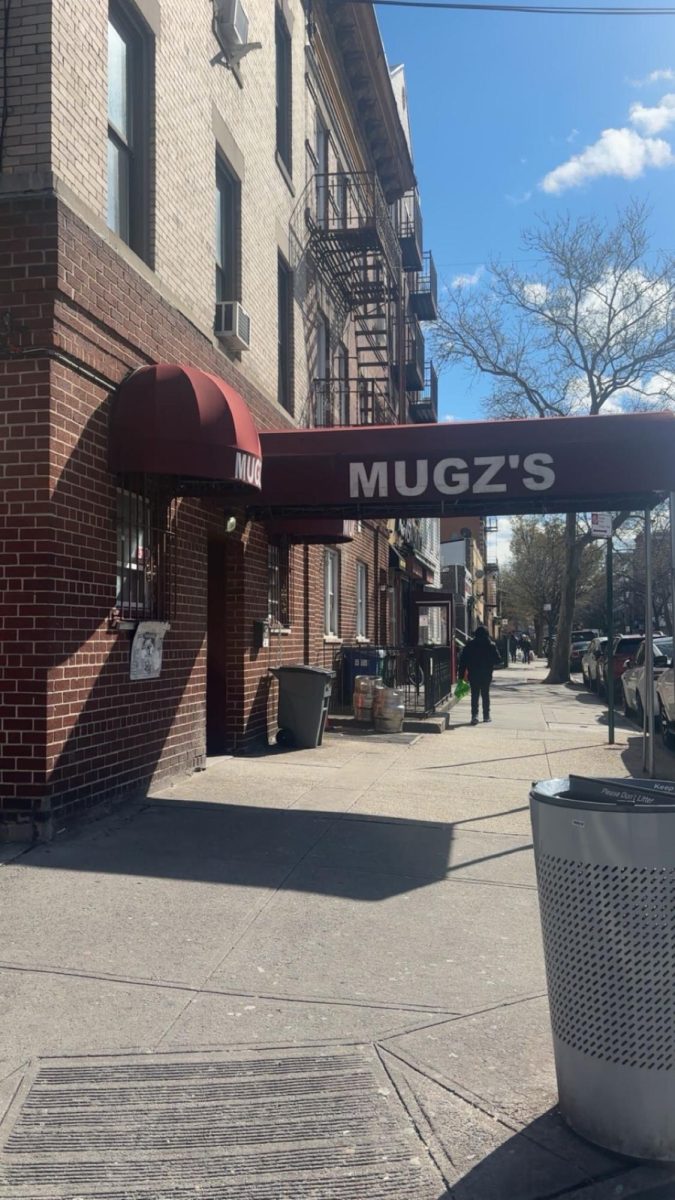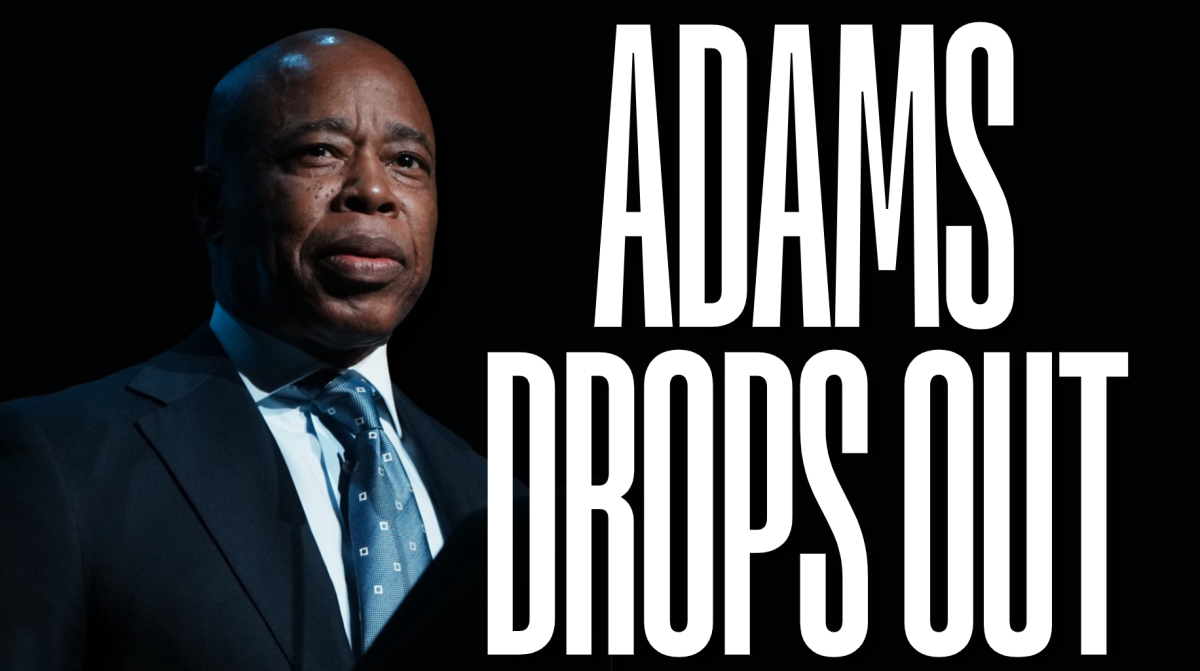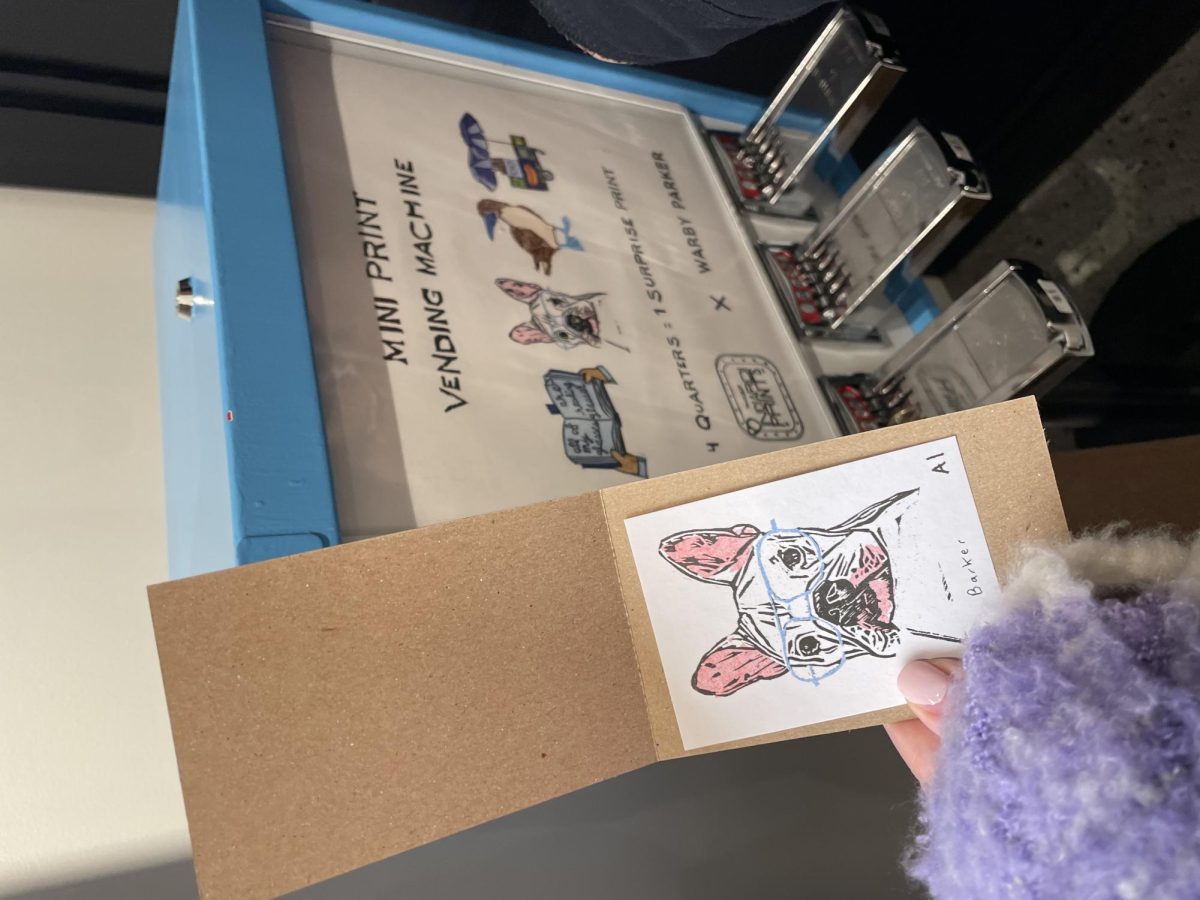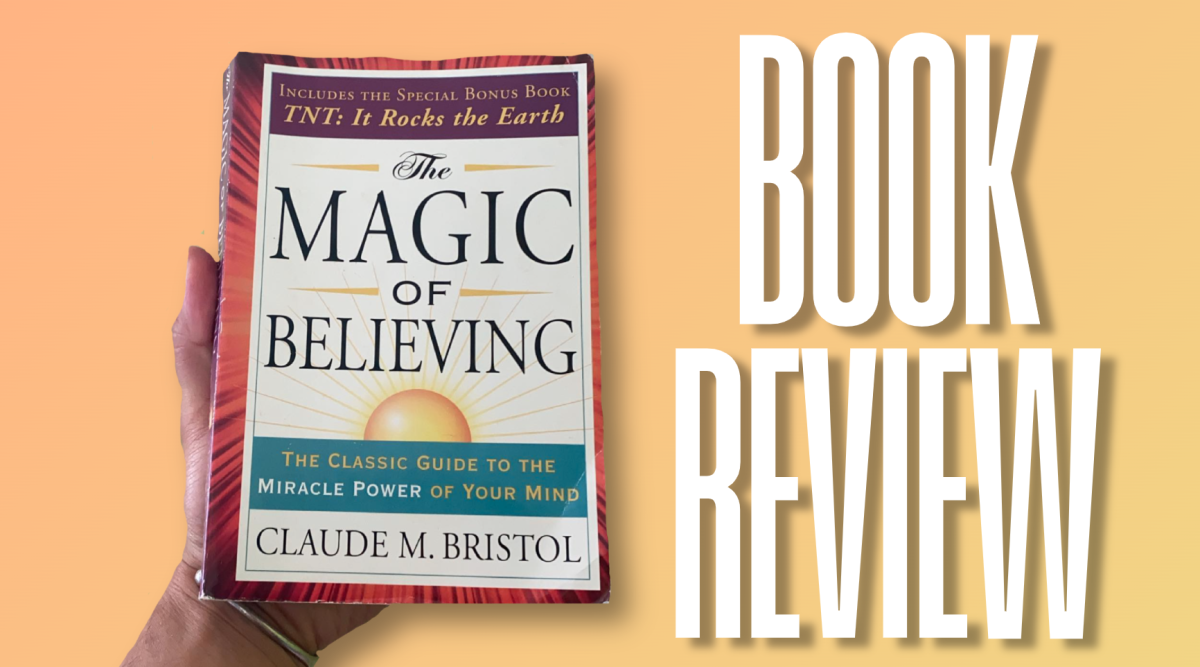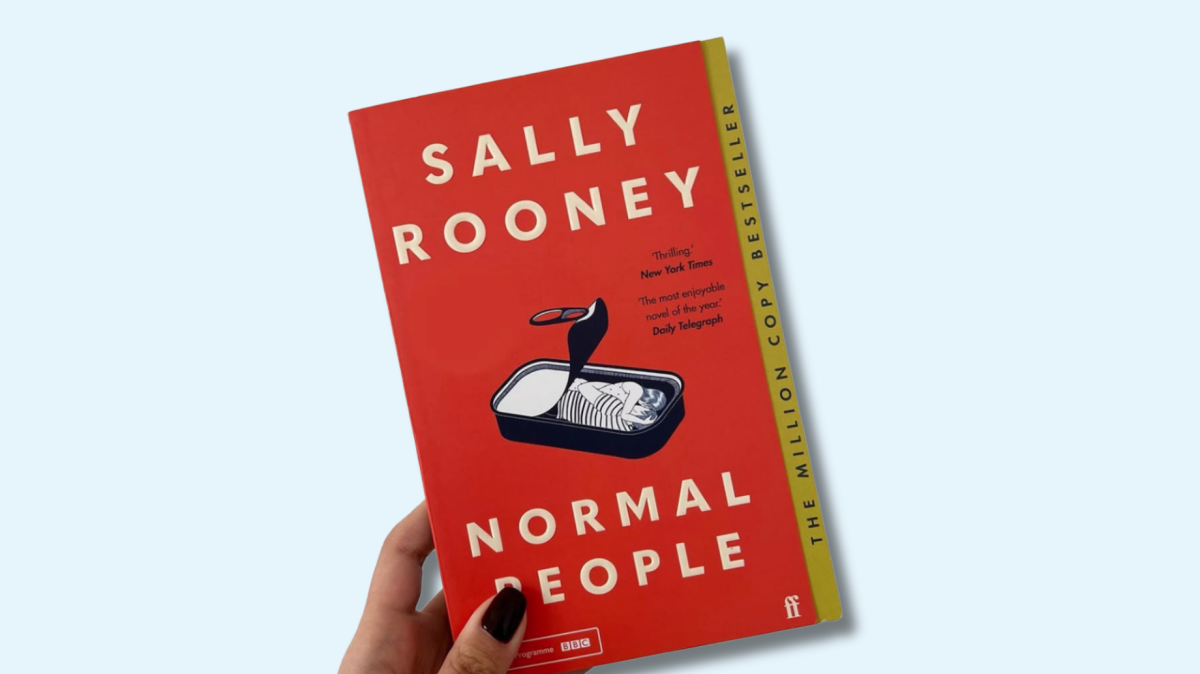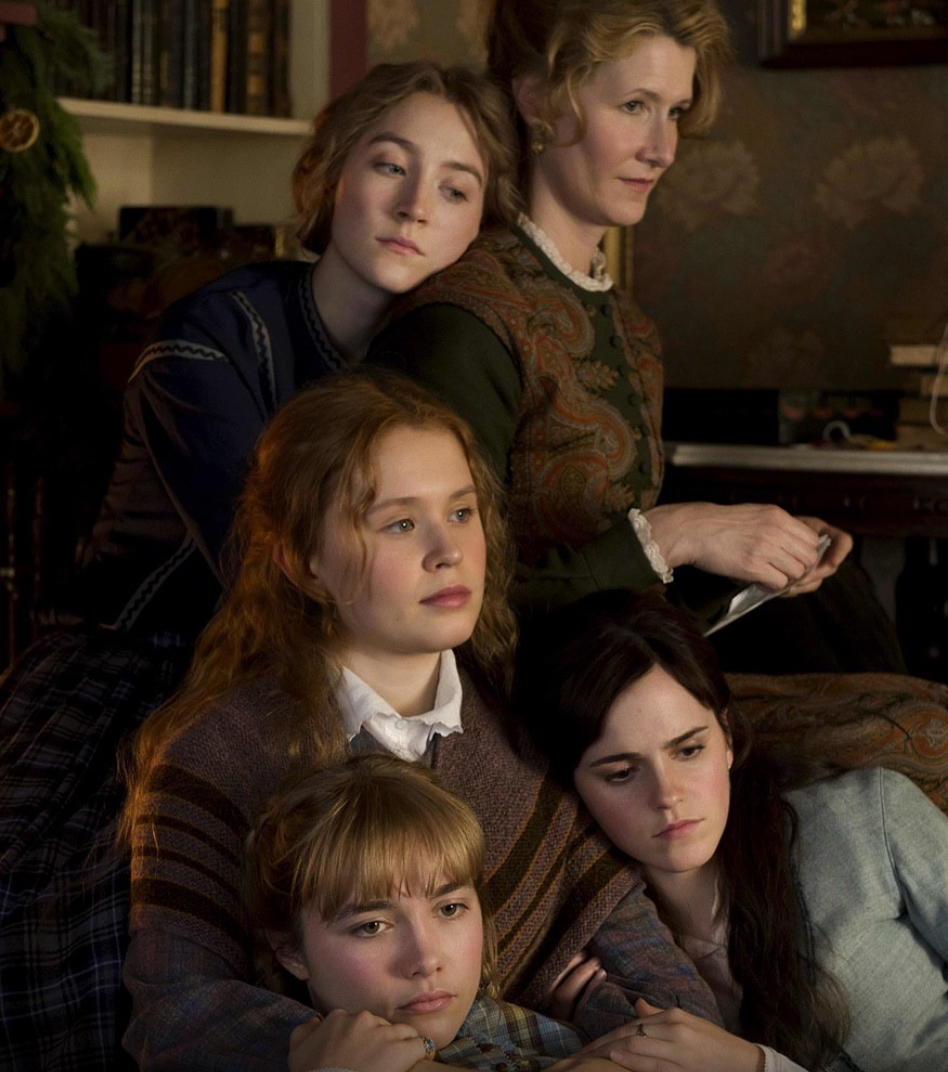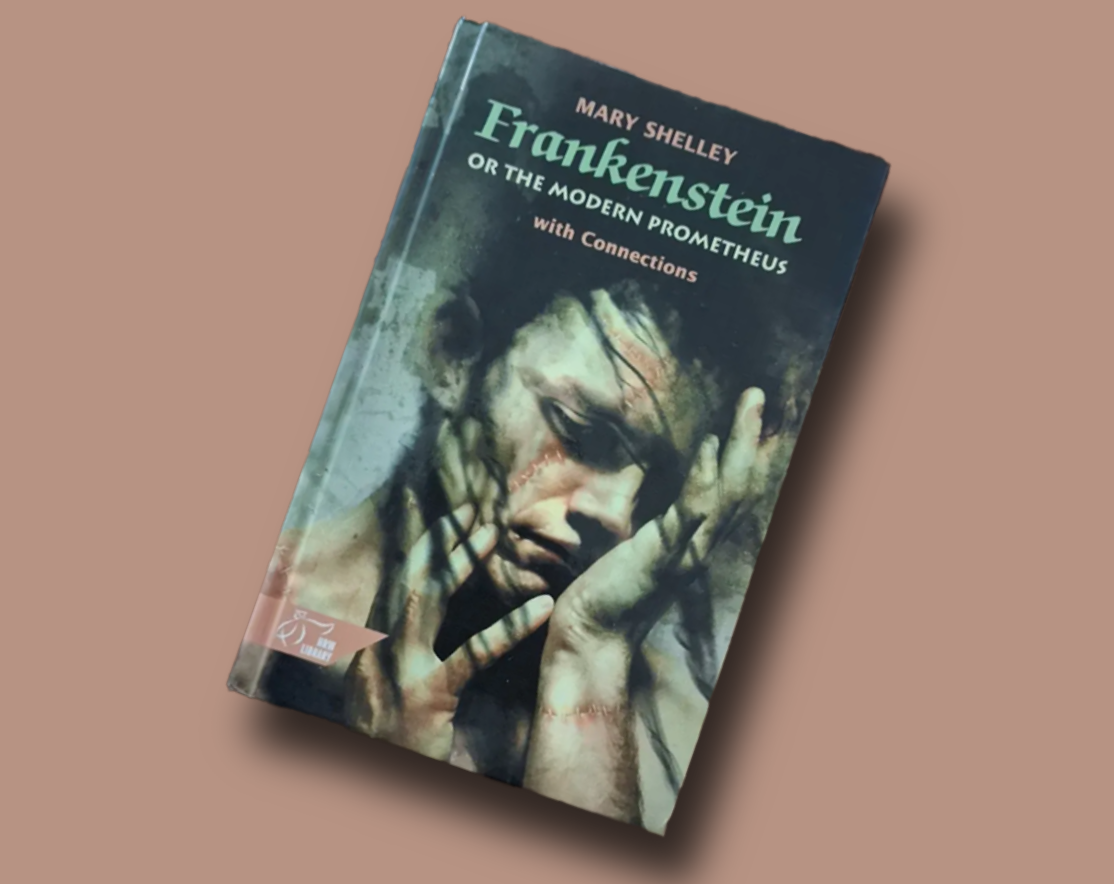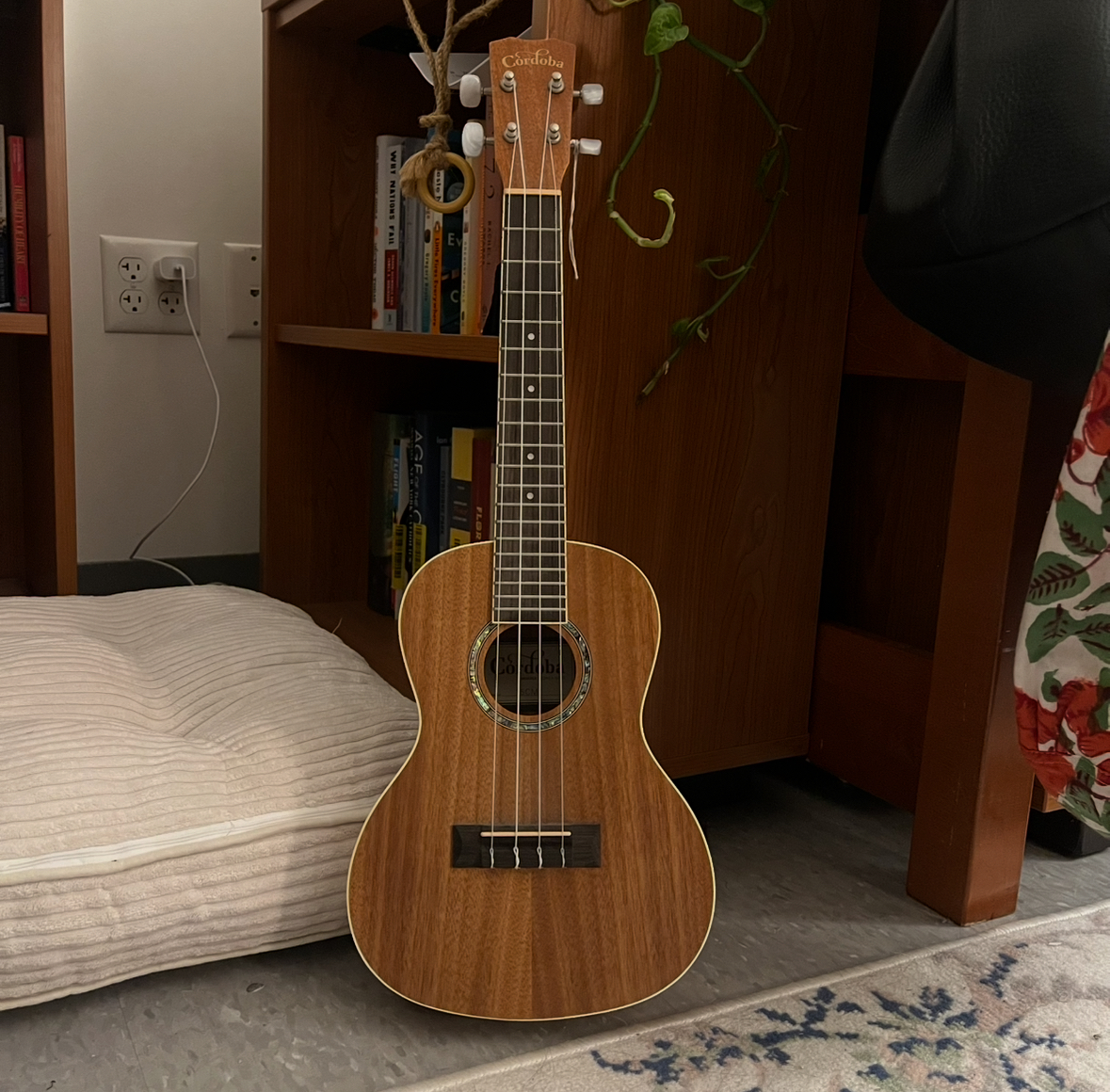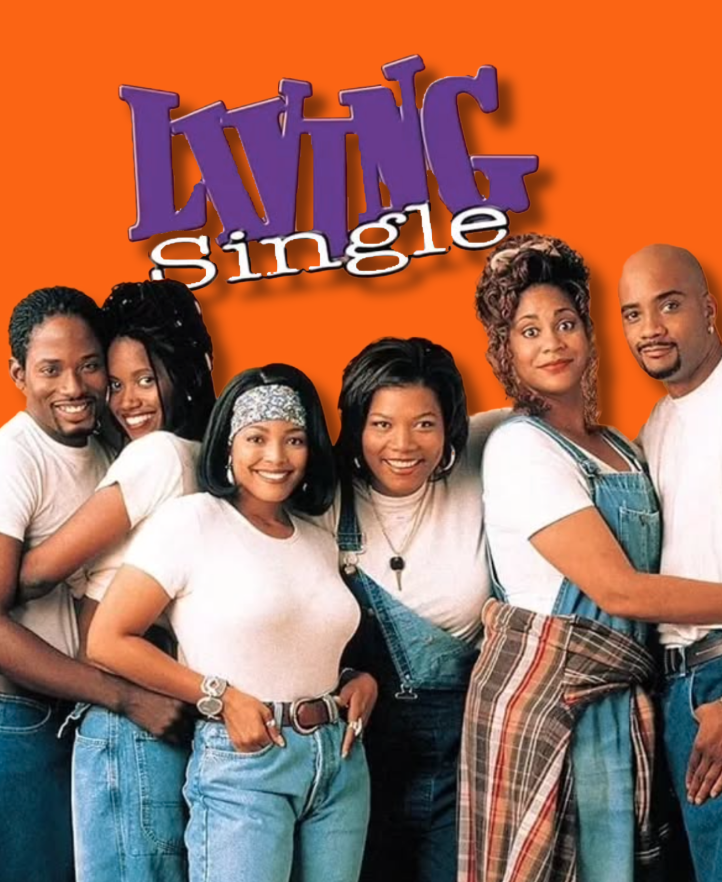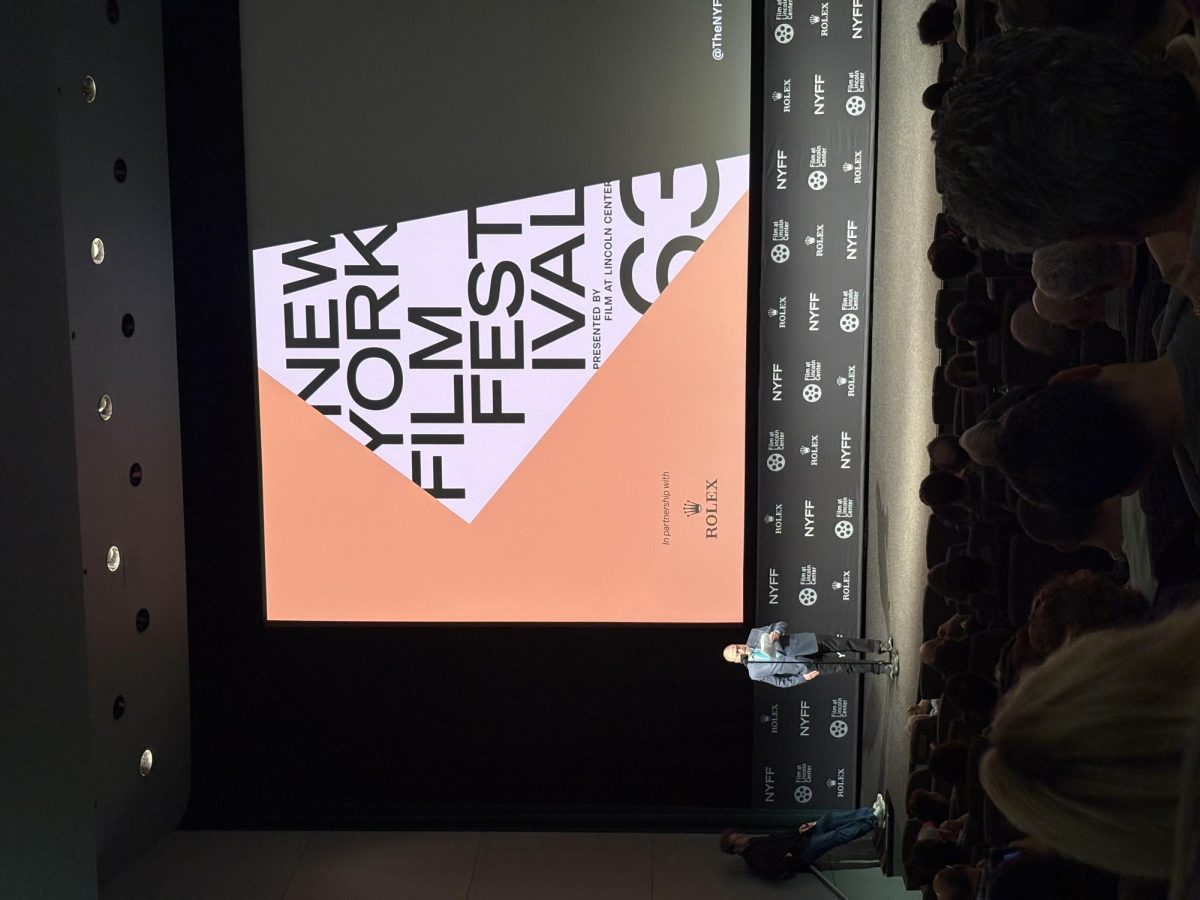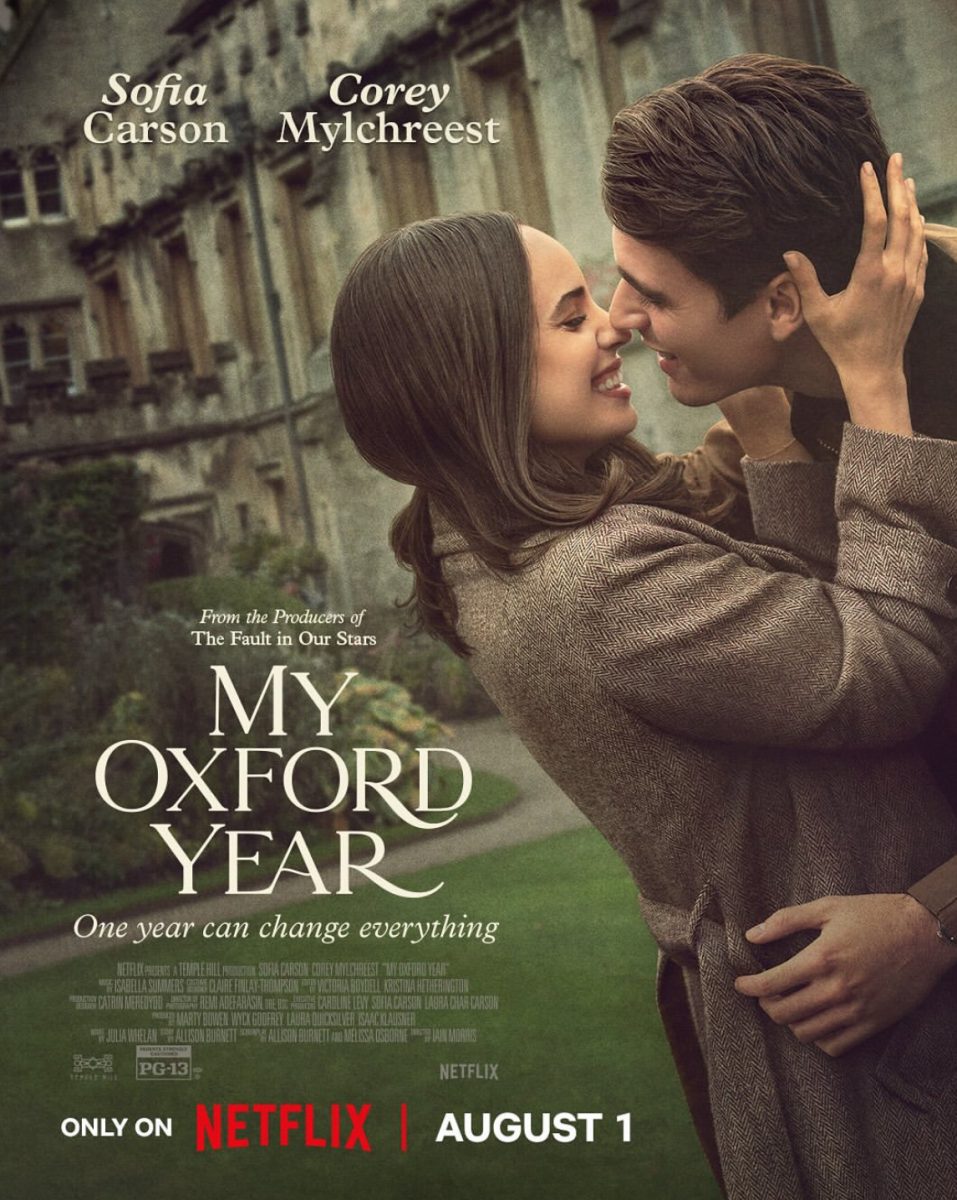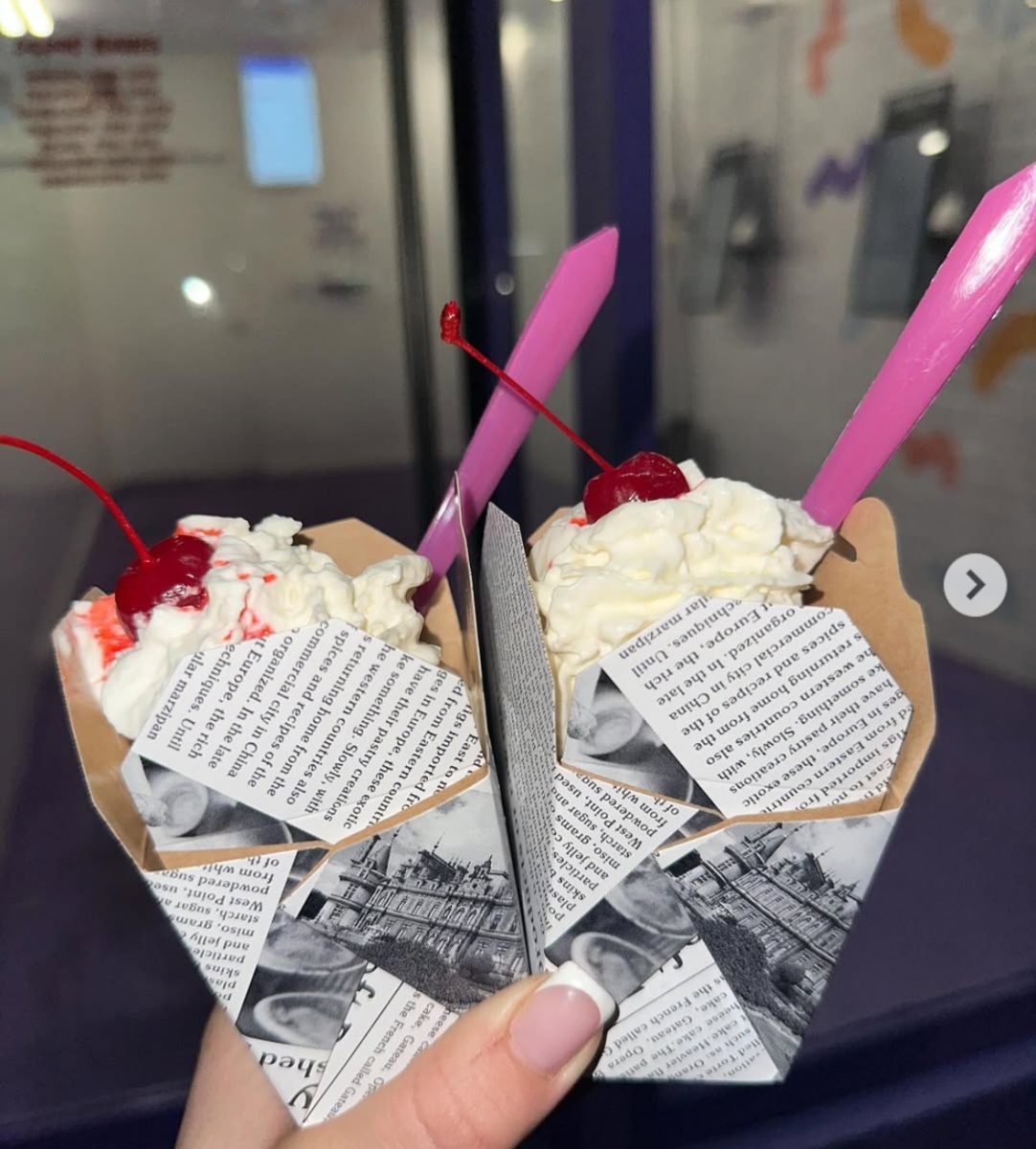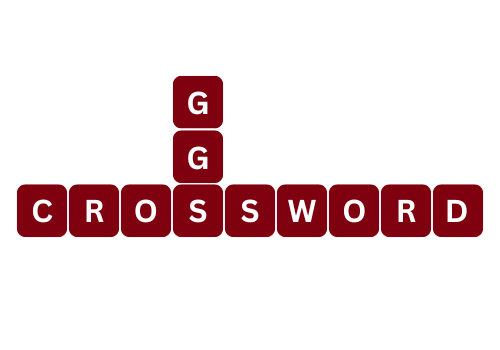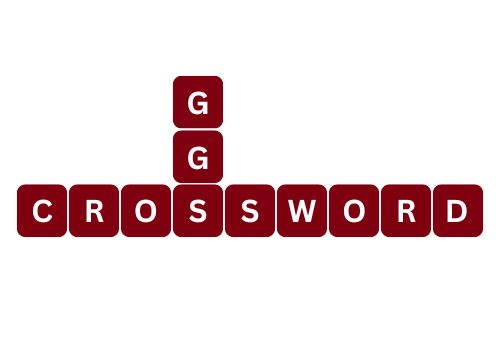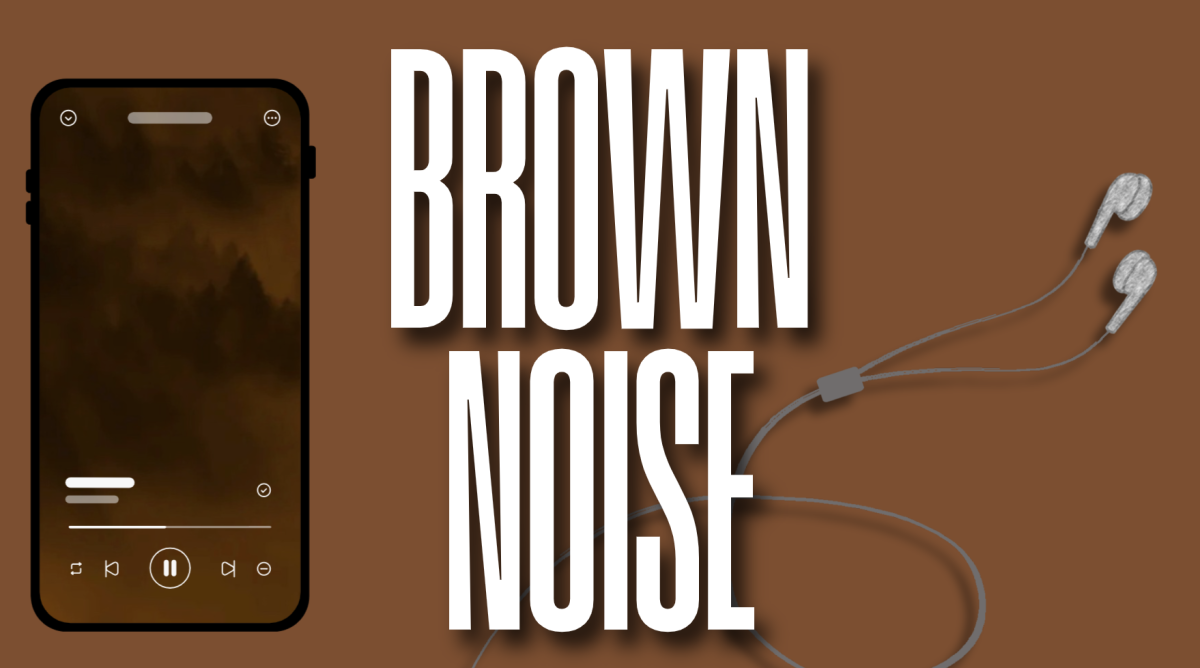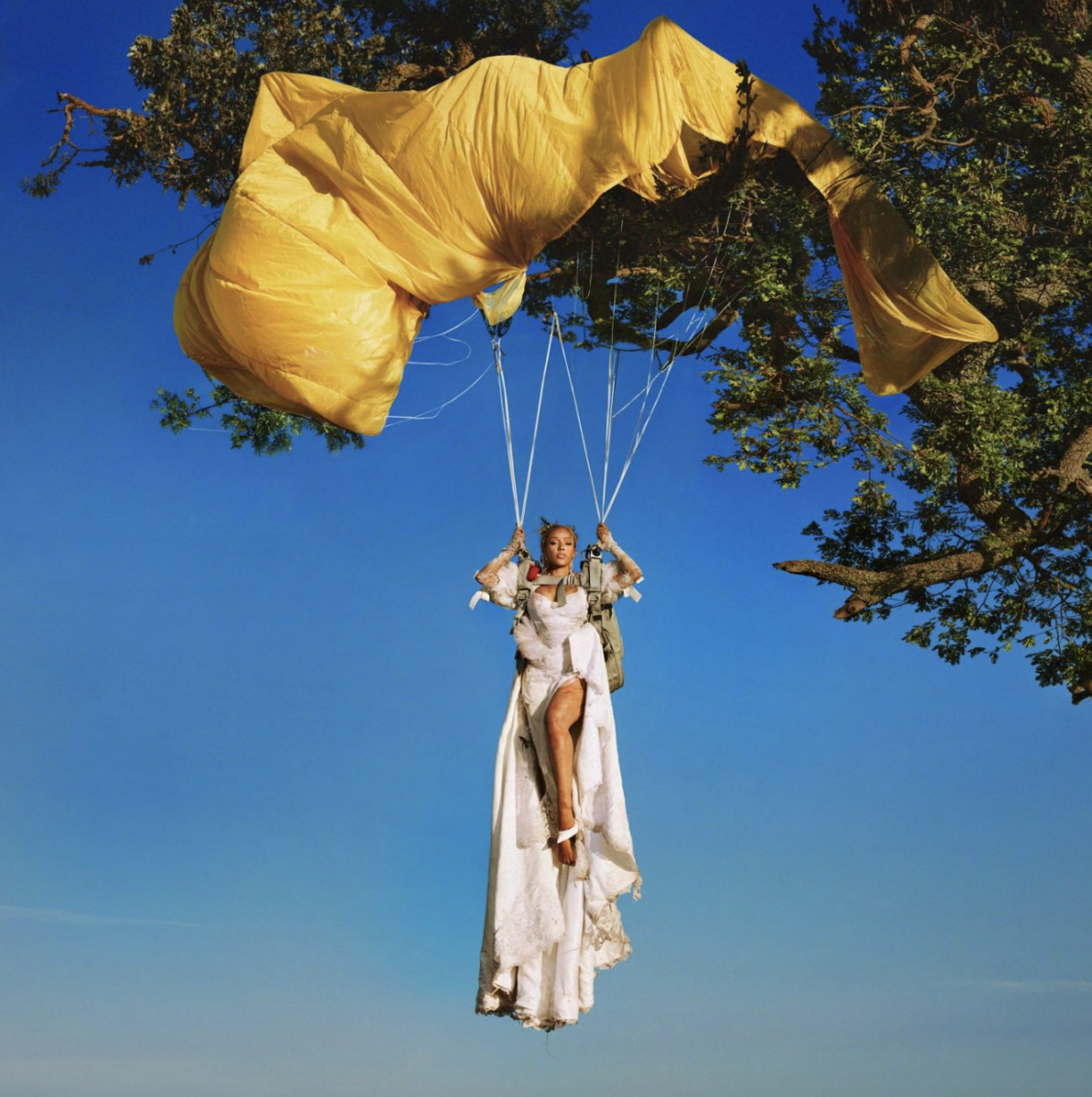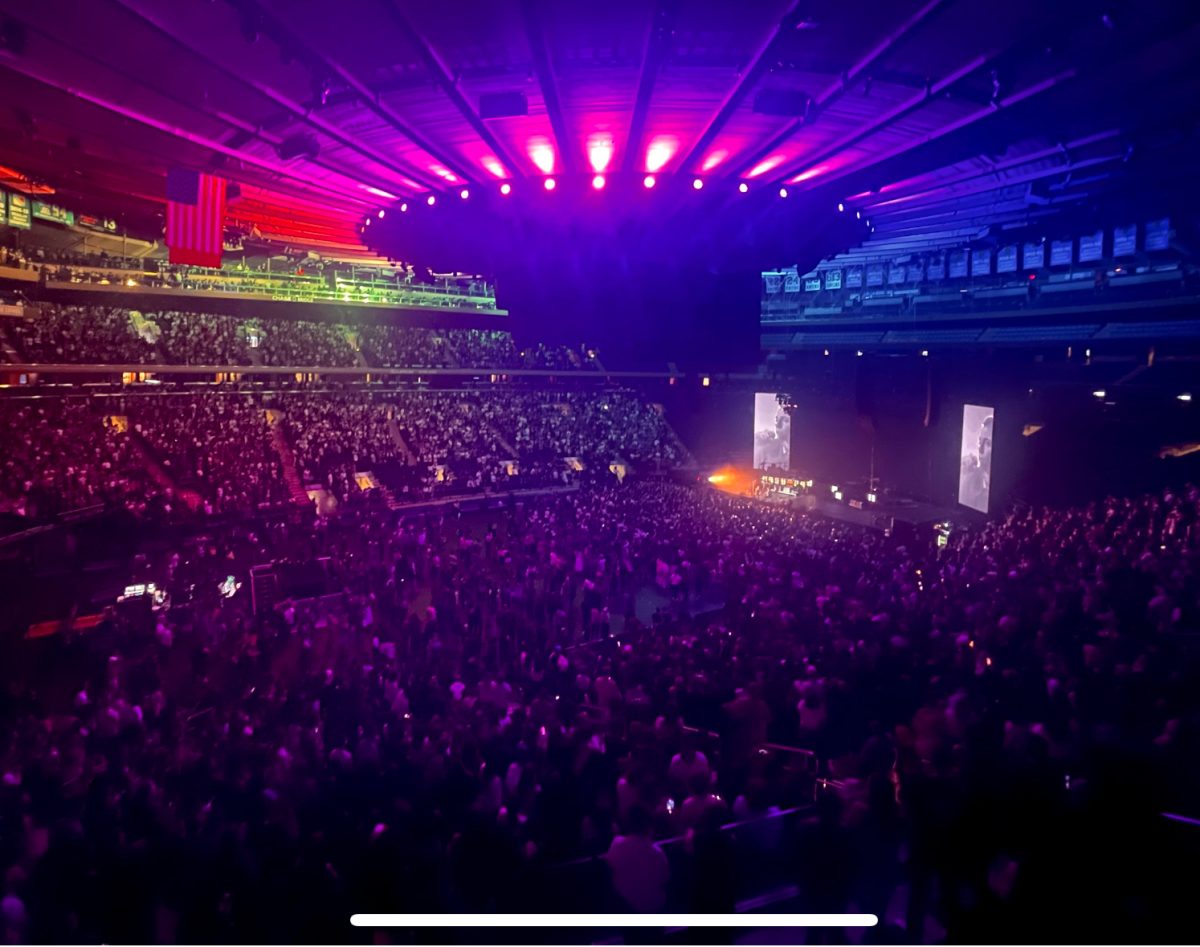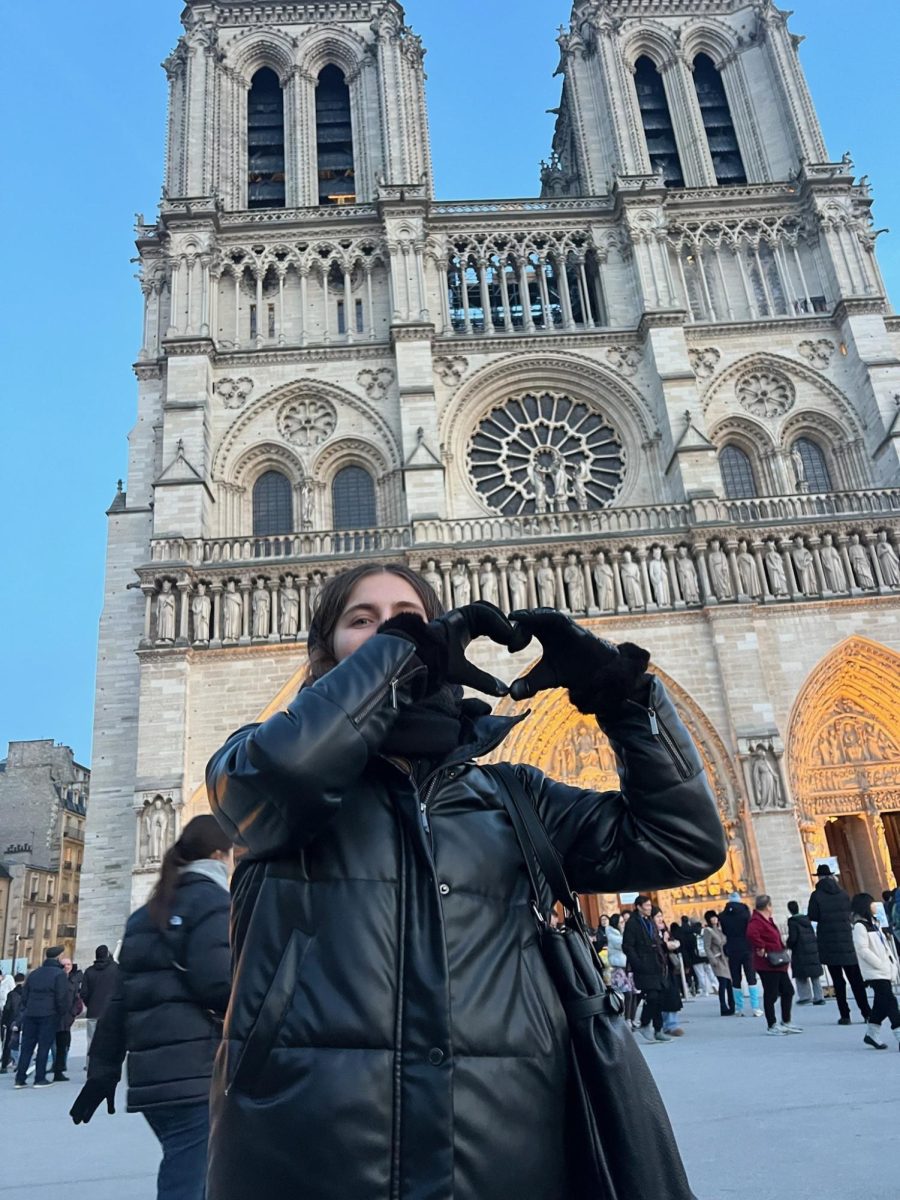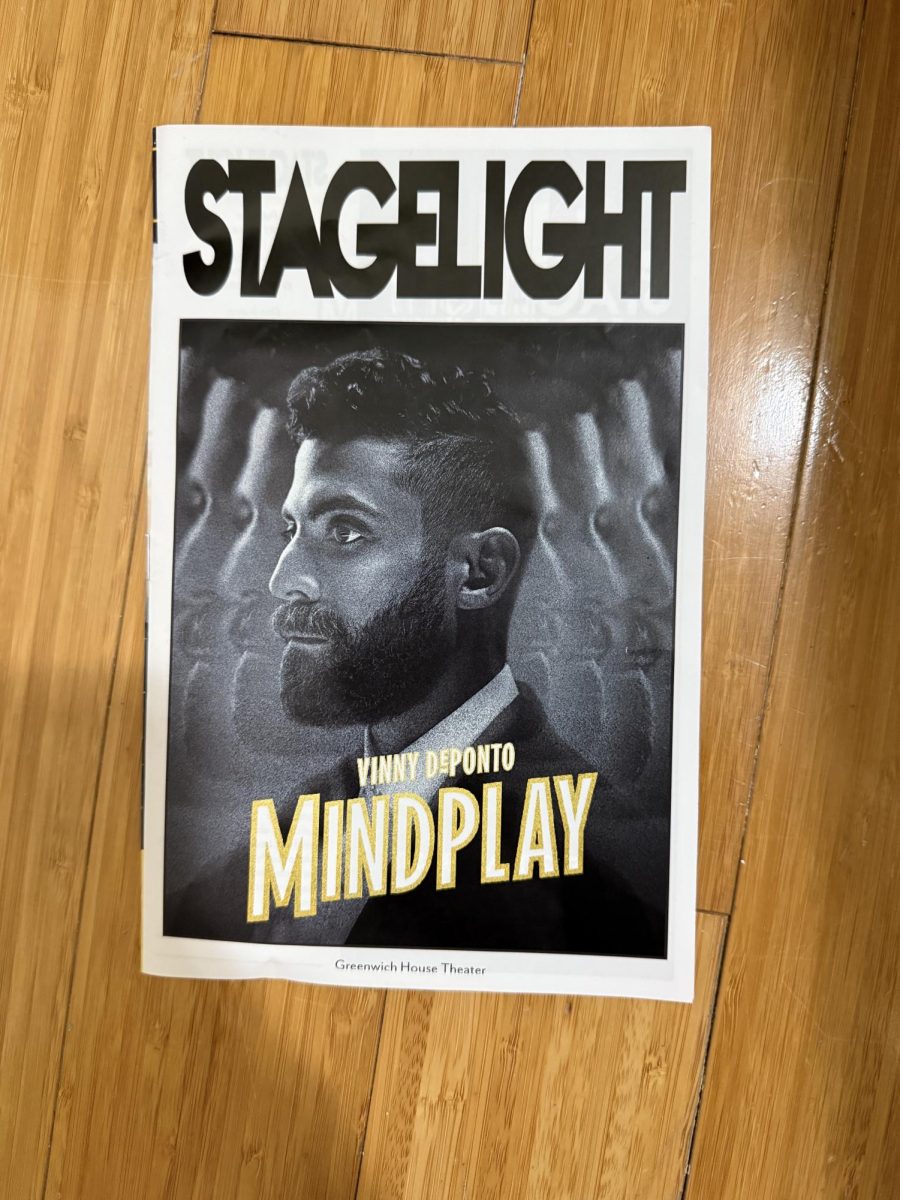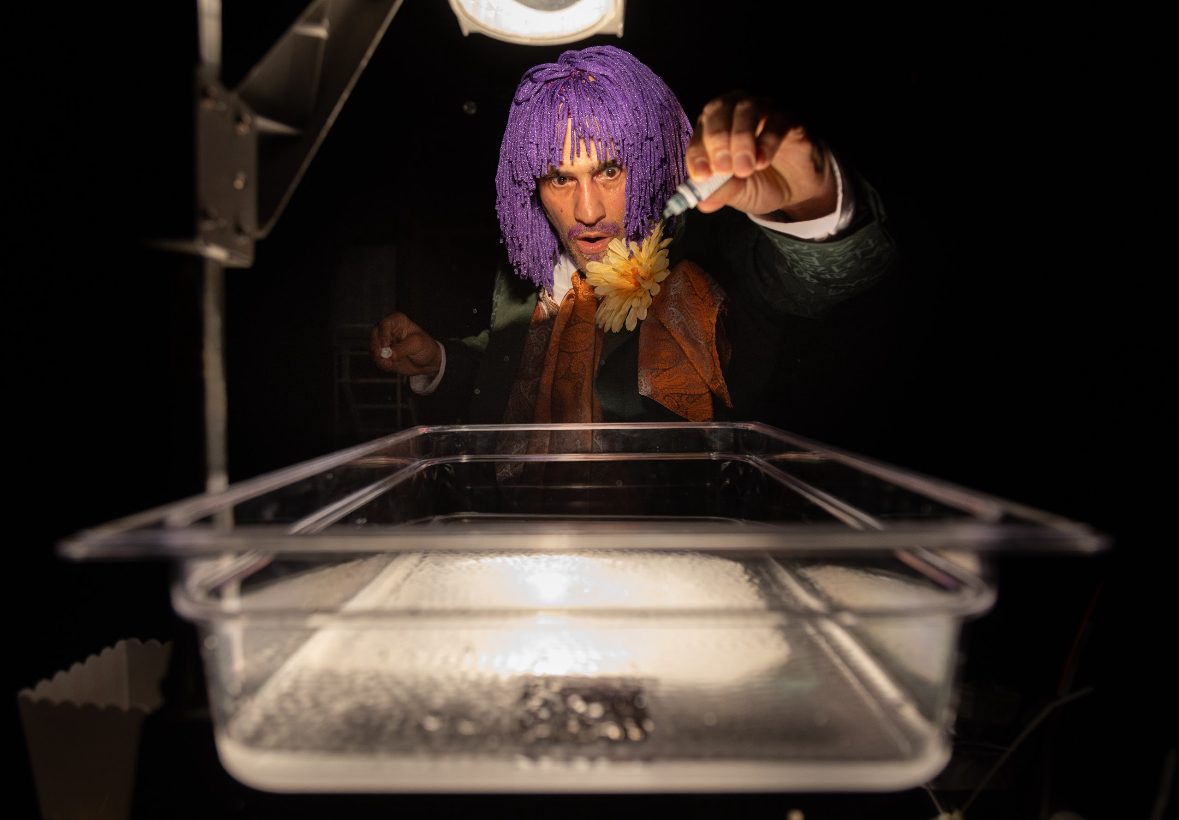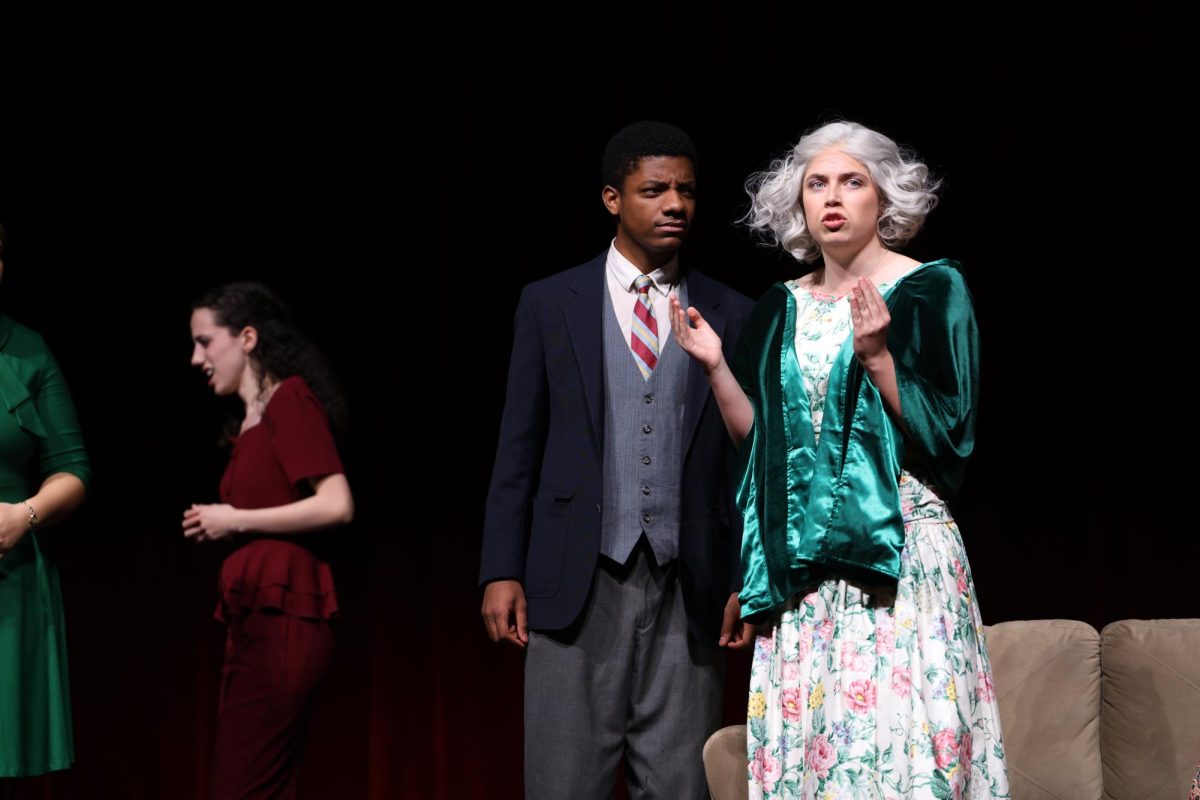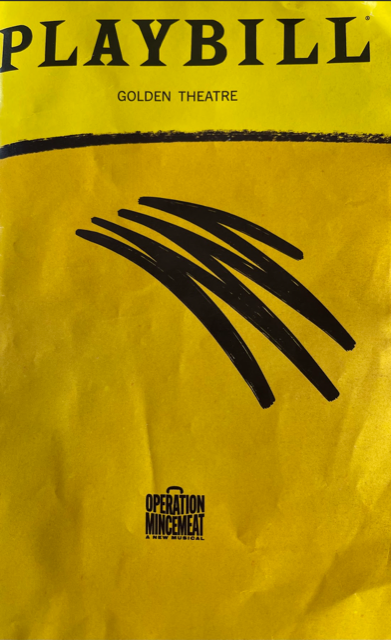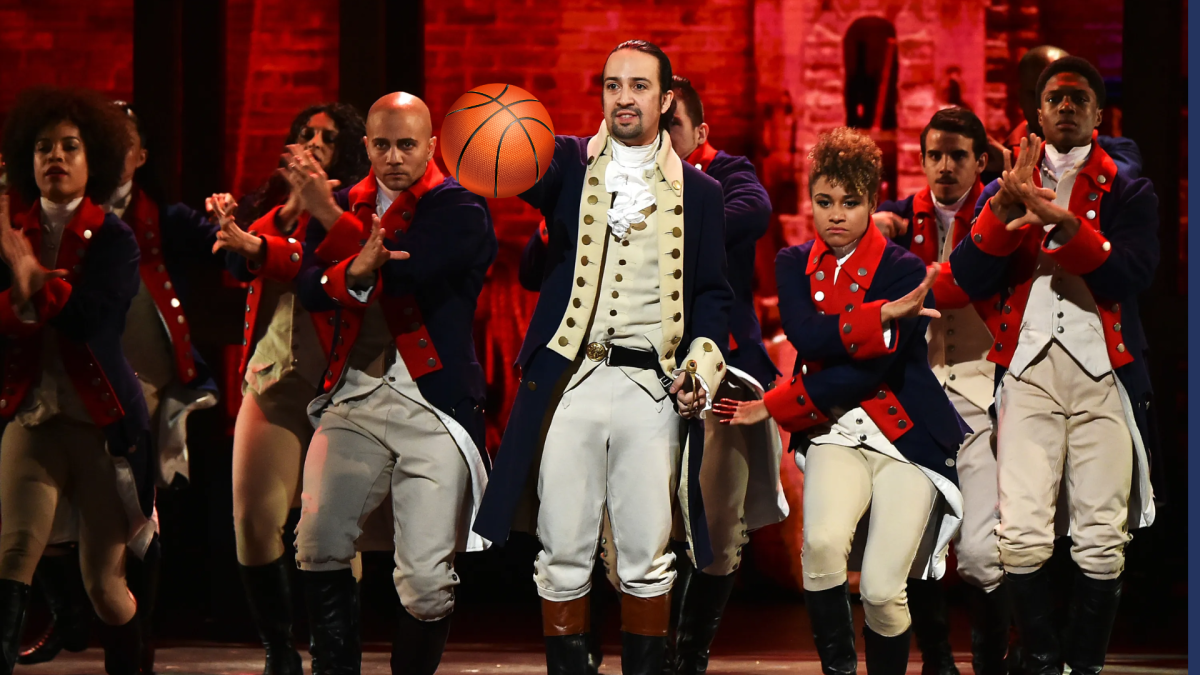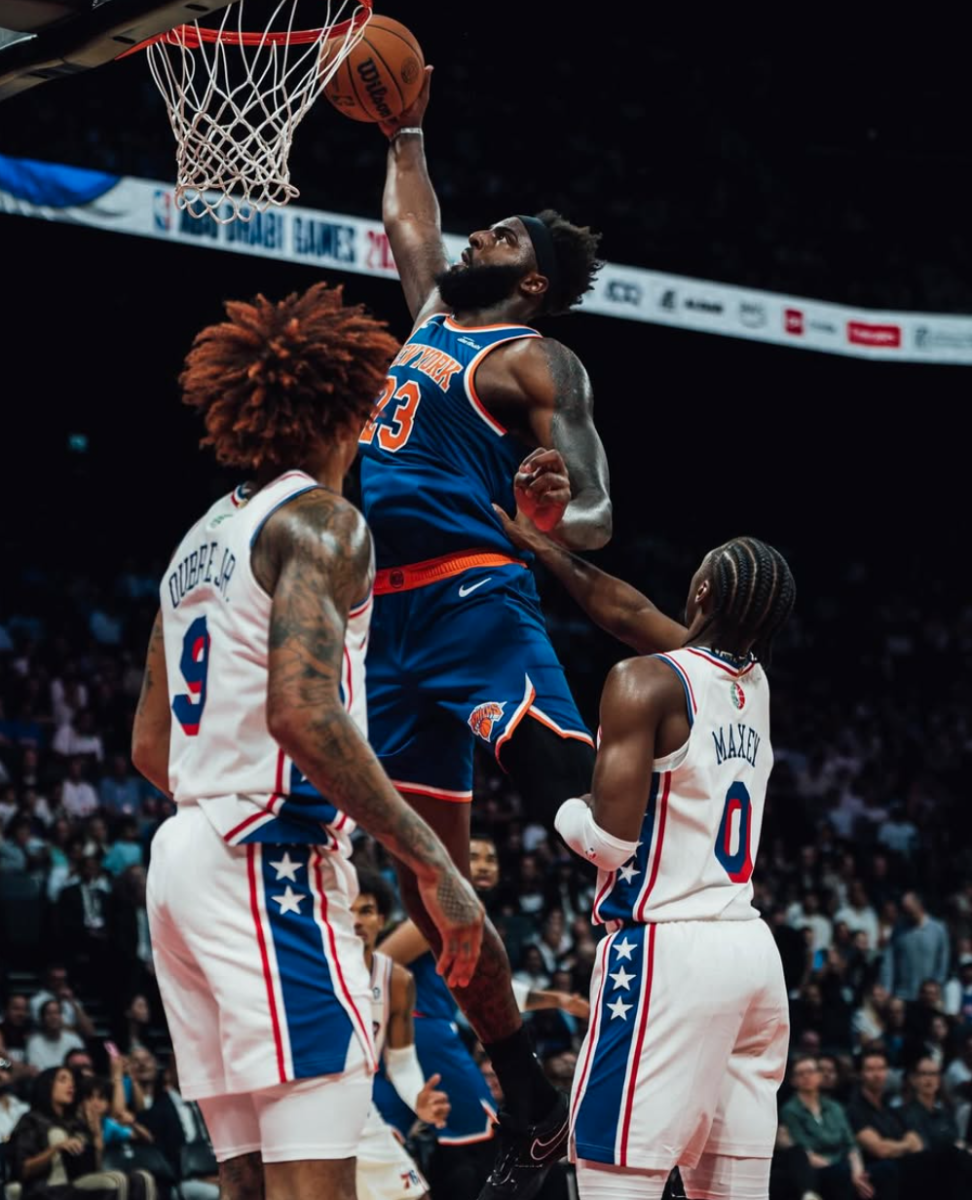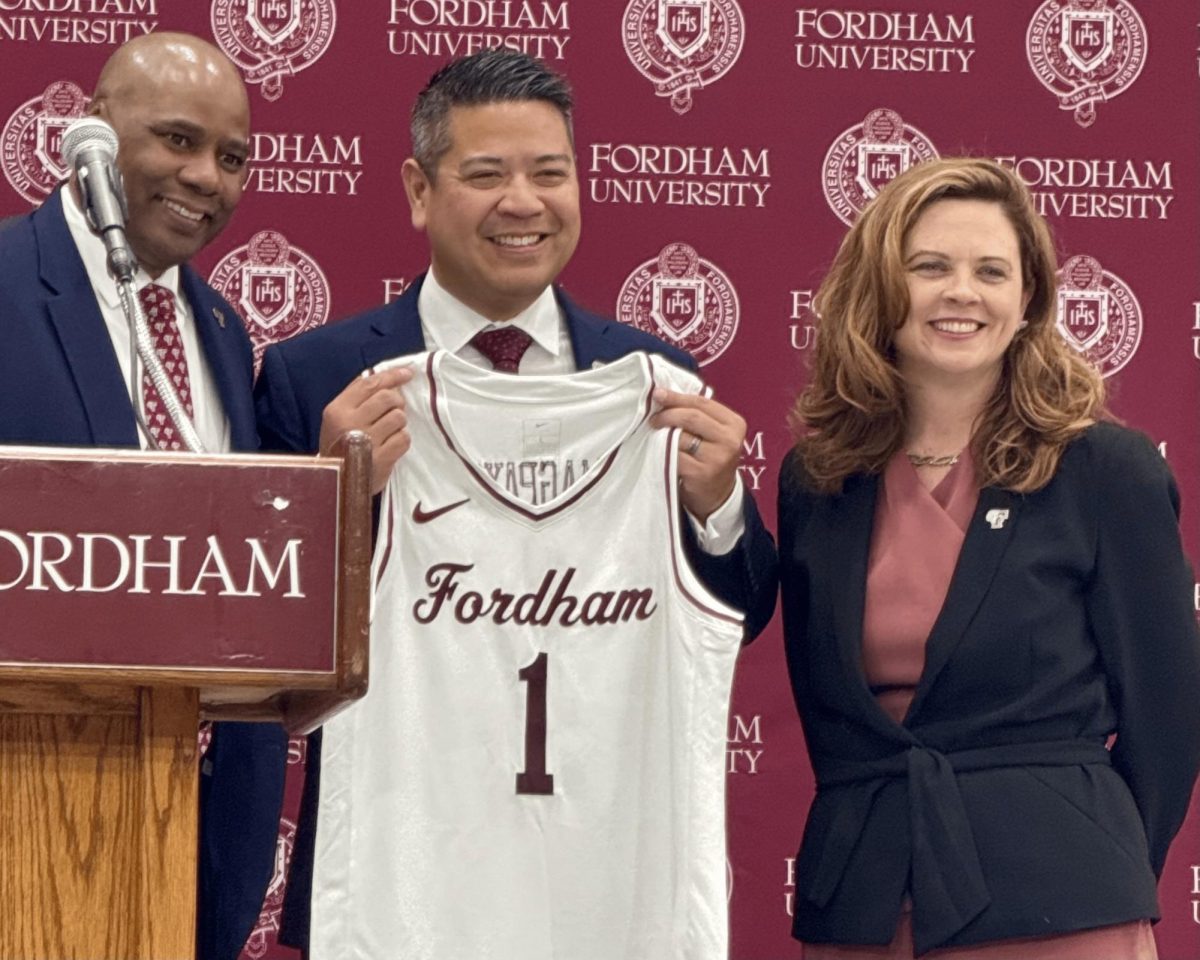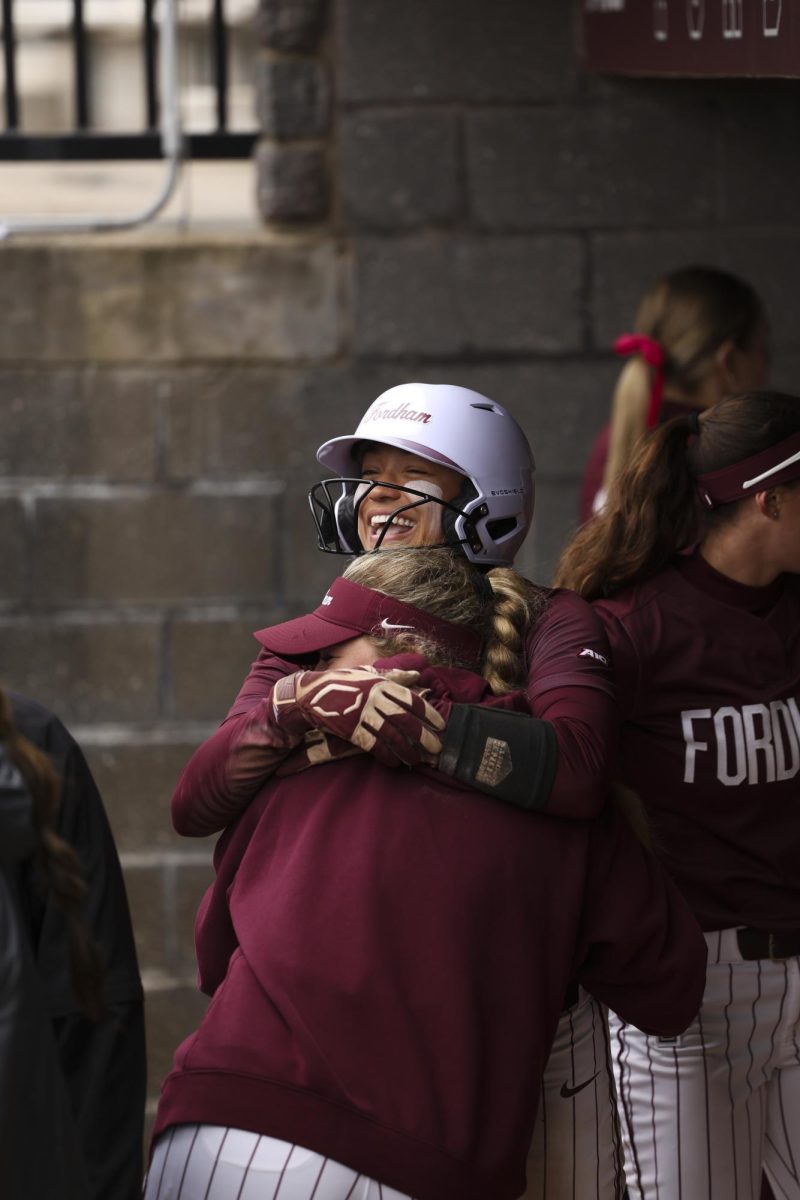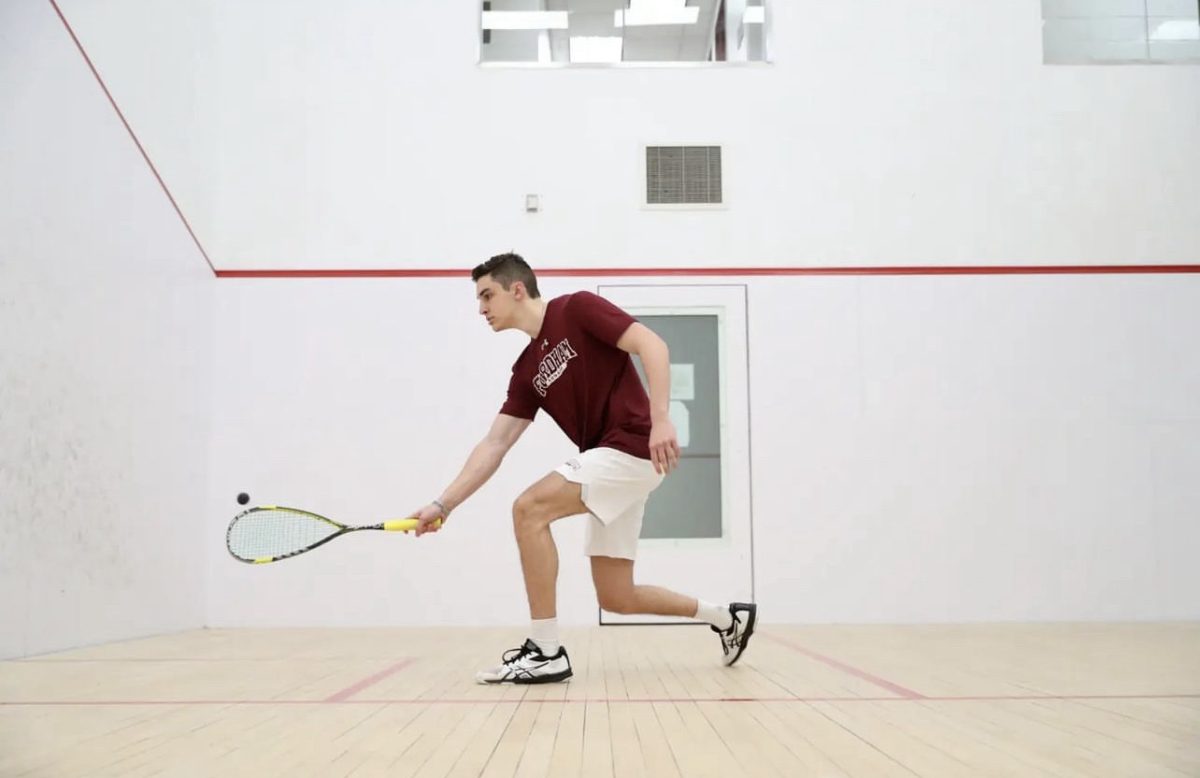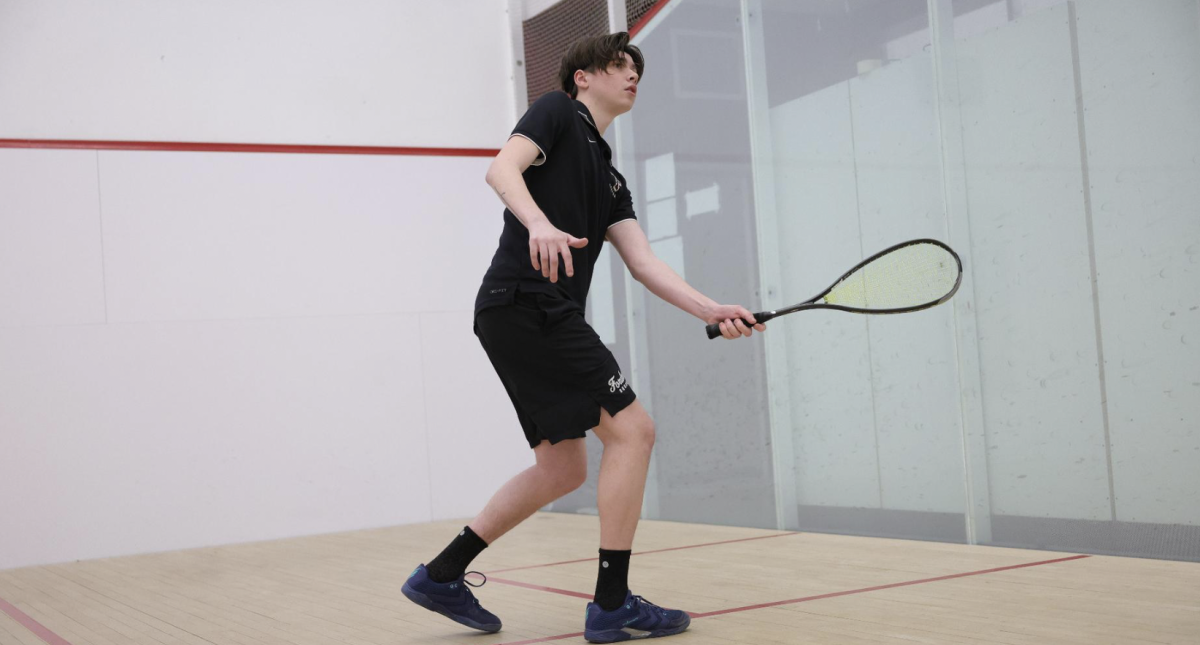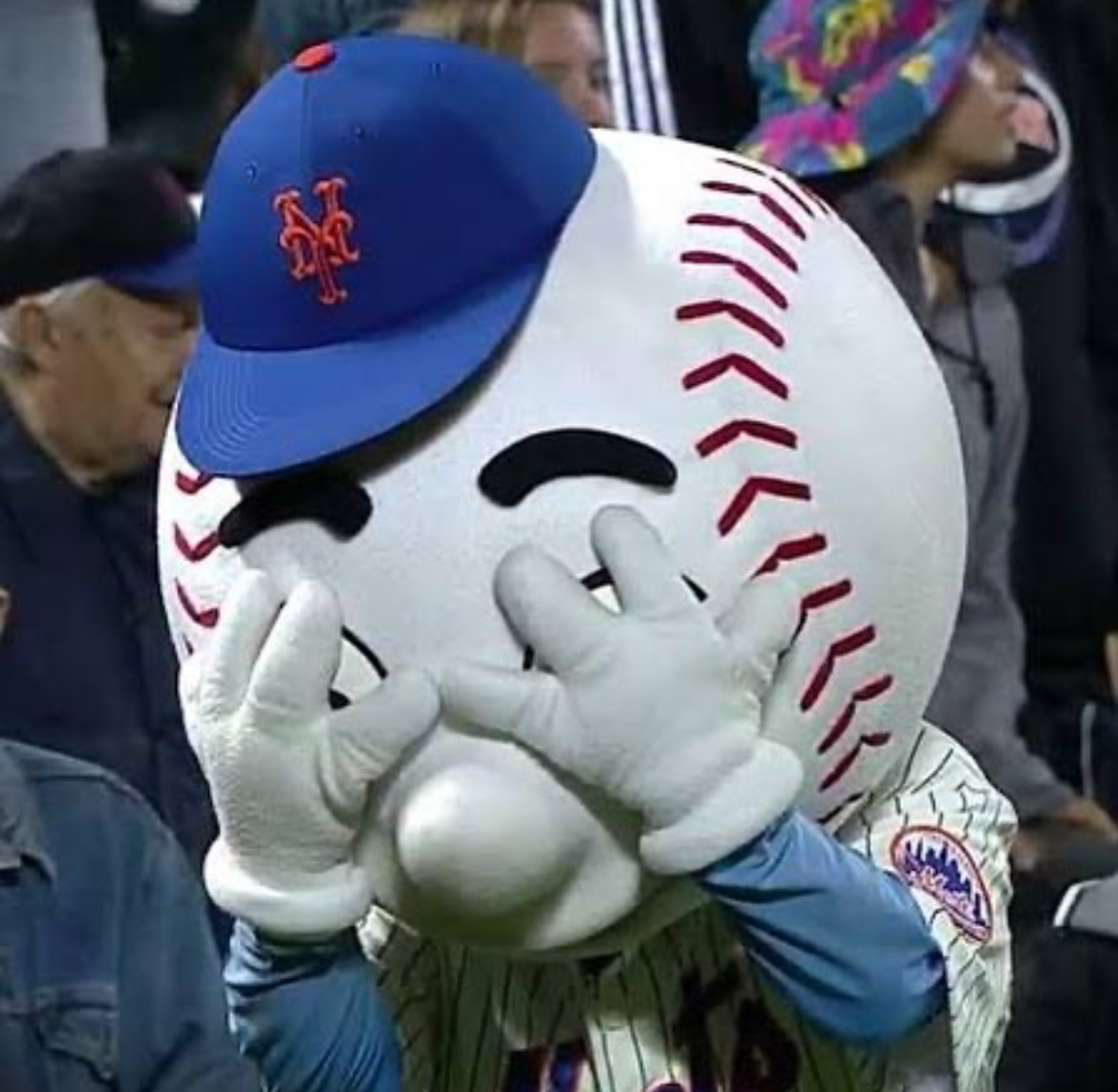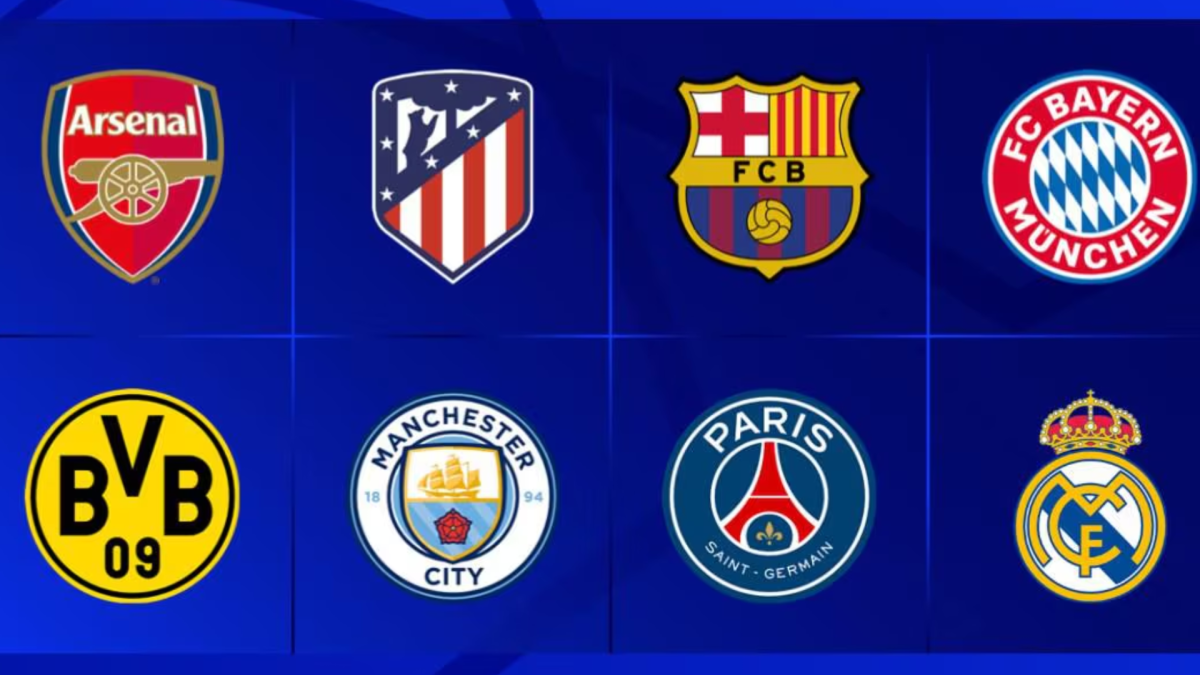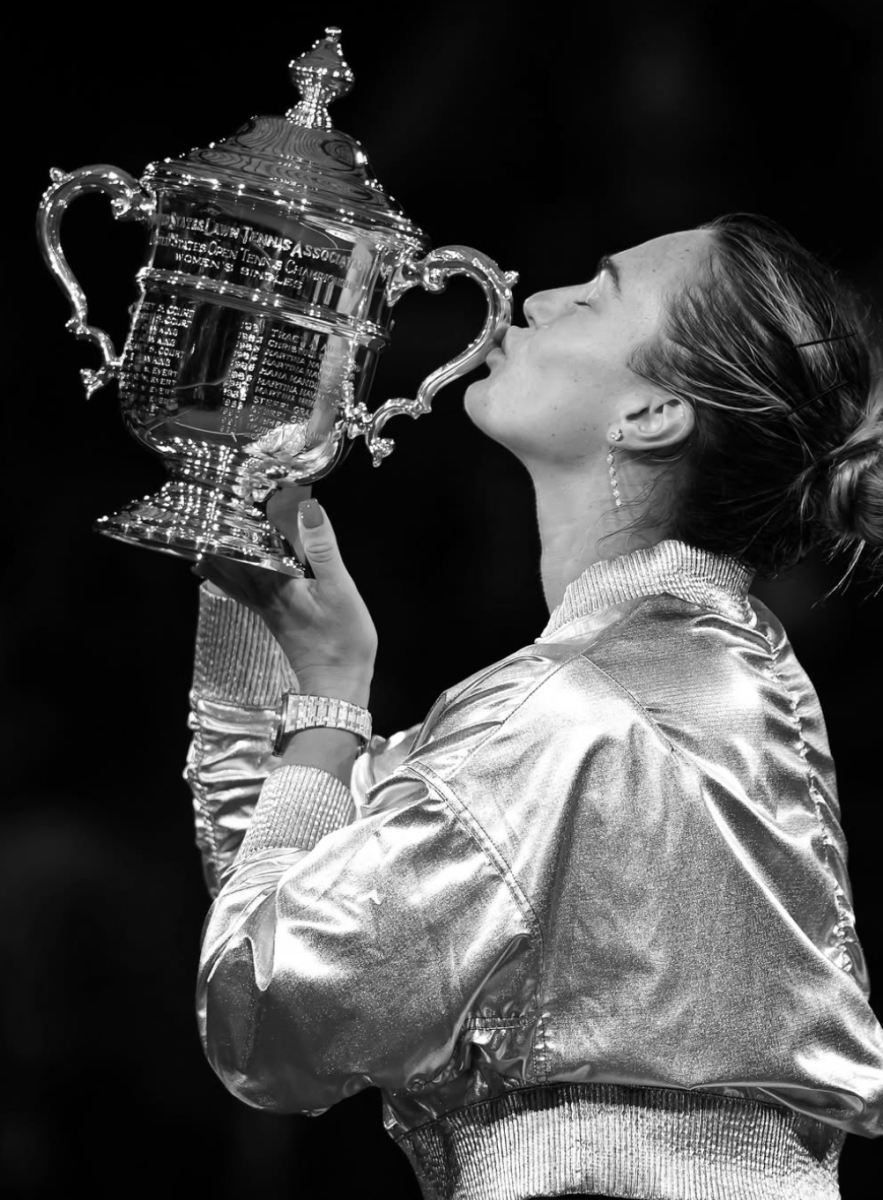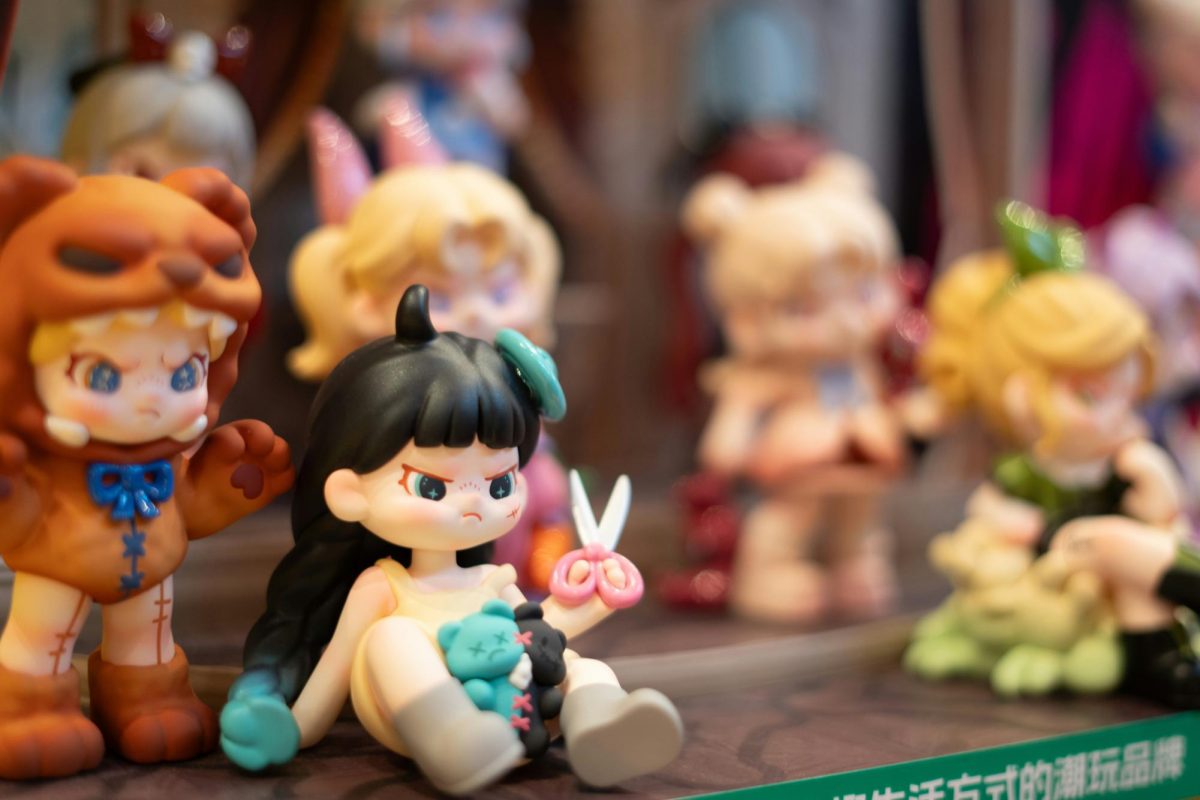Walking into my roommate’s and my dorm room, you’re immediately greeted by our much smaller, much cuter roommates. They’re scattered all over — on our desks, shelves and window sills — all kinds of tiny figures in all kinds of poses. There’s a mummy cat (with its own little sarcophagus), fuzzy chipmunk and kitten calico critters, a hot pink Littlest Pet Shop cat, a cat riding down a yellow elephant slide, a Sonny Angel baby with a cookie hat and, of course, way too many Sanrio characters to count.
Our room may look like we have little siblings who have forgotten their best friends on the counters, but these figures are actually something we’ve carefully curated. They’re part of a collection we’ve slowly built up, one blind box at a time.
A blind box is a small mystery toy packaged in a sealed box, and you can’t tell which figure you got until you open it. The excitement lies in the surprise. The boxes are often themed, like “Hello Kitty” or “Five Nights at Freddy’s,” and inside is a tiny, collectible figure that could range from rare to common. Over the past couple of years, blind boxes have exploded in popularity. What began as a niche interest has become a full-fledged trend.
“I didn’t really get it at first,” said my roommate Rachel Servidio, FCRH ’26. “But then I opened my first one, and it was like this tiny surprise just for me. It became kind of addictive.” Servidio, who’s been collecting with me for months now, is far from alone in this newfound obsession. Blind boxes have become almost like a rite of passage for people in Generation Z, and they’ve slowly spread into the mainstream. Social media only amplifies the excitement.
“People trade, post about their finds and compare their collections,” Servidio continued. “It’s like a way of connecting with others who share the same passion.”
According to a study by the Atlantis Press, those aged 10 to 20 make up 85% of blind box purchases, and they are most often alluring to women, who make up nearly 2/3 of purchases.
The study also notes how blind boxes evolved into more than just collectibles; they’ve become gifts, and expressions of love. Most of my blind boxes were gifts from my partner, family or friends. To me, they represent thoughtfulness, as each one carries the care of someone who knows your interests. It was a gesture that felt both personal and meaningful.
“Blind boxes are an amazing way to give someone a small gift,” said Dheya Abyan, FCRH ’26, who has gifted multiple blind boxes.
But why are people so obsessed with buying boxes with mystery contents, and why is it so addictive?
“It’s not even about the toys anymore. It’s about the hunt and the element of surprise. It’s like a game, like a competition,” Servidio explained. “The real fun is in the hunt.” And the hunt gets aggressive.
At P!Q Gifts, a store known for selling designer toys, blind boxes, especially Sonny Angels, sell out within hours. Sonny Angels are small baby figurines that have taken on a cult status. The rush for these specific blind box toys has become intense, as fans eagerly try to get their hands on them before they disappear.
This frenzy around blind boxes isn’t accidental — it’s carefully engineered. Companies know how to tap into consumers’ psychology with “FOMO,” or the fear of missing out. As Shoufeng Chen explains in a study called “The Psychological Analysis of the Blind Box Craze in the Chinese Market: A Case Study of POP MART,” blind box corporations release limited edition or rare boxes to create a “scarcity effect.” Customers will spend more money to hunt down rare or limited edition toys. The unboxing and purchasing of these “limited” boxes release dopamine in the brain as they get excited to hunt down that limited figure. Customers fear they will miss out so they just keep buying. This explains why, despite our wallets constantly being drained, it’s hard to resist the temptation of another blind box.
Servidio and I joke about our wallets getting lighter with every new blind box, but we both know it’s hard to resist the rush of opening one. Still, it’s hard not to notice how much time and money we’ve lost to it. Blind boxes generally cost around $15, and they add up quickly. The fun of the hunt is real, but it comes with a cost. For every cute figure, there’s a wallet that feels just a little bit emptier.
This means blind boxes are one of many things in life where moderation is key. It’s easy to get swept up in the hunt, but there’s value in stepping back to admire what you’ve already collected. As I stand in my dorm room, surrounded by rows of quirky blind box figures, I can’t help but laugh at how our little collection has grown out of control. Somehow, the figures have taken over every available surface in our dorm. But, for all the fun, the truth may be that we’re not just collecting toys anymore. It may be that we’re addicted, and that it’s time to start appreciating the collection we’ve built before it overtakes our entire room, our budget and maybe even our sanity.








